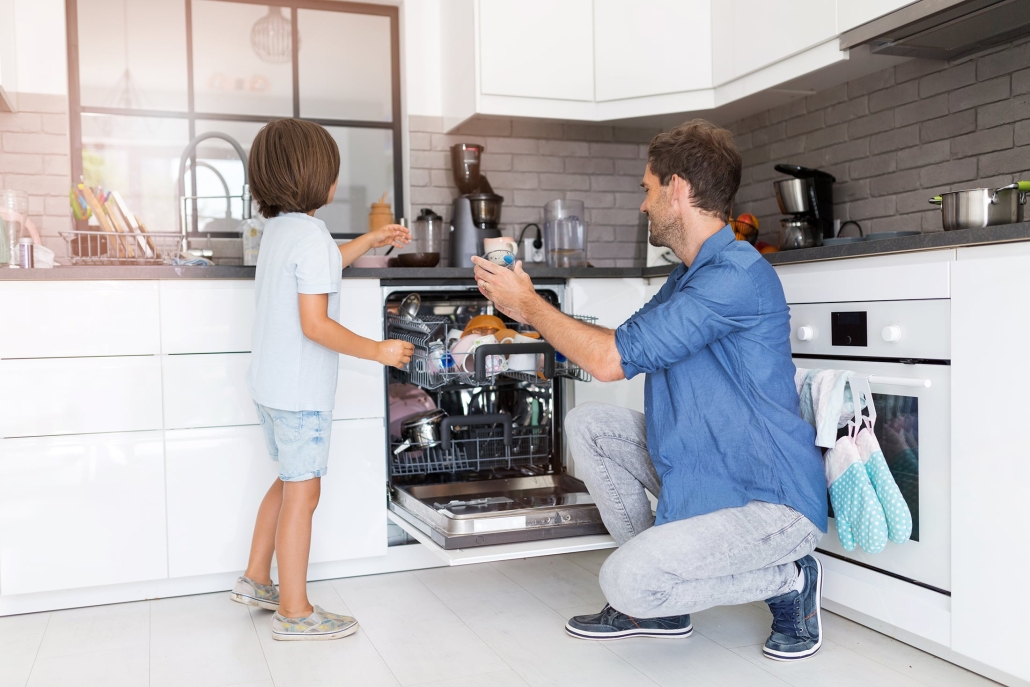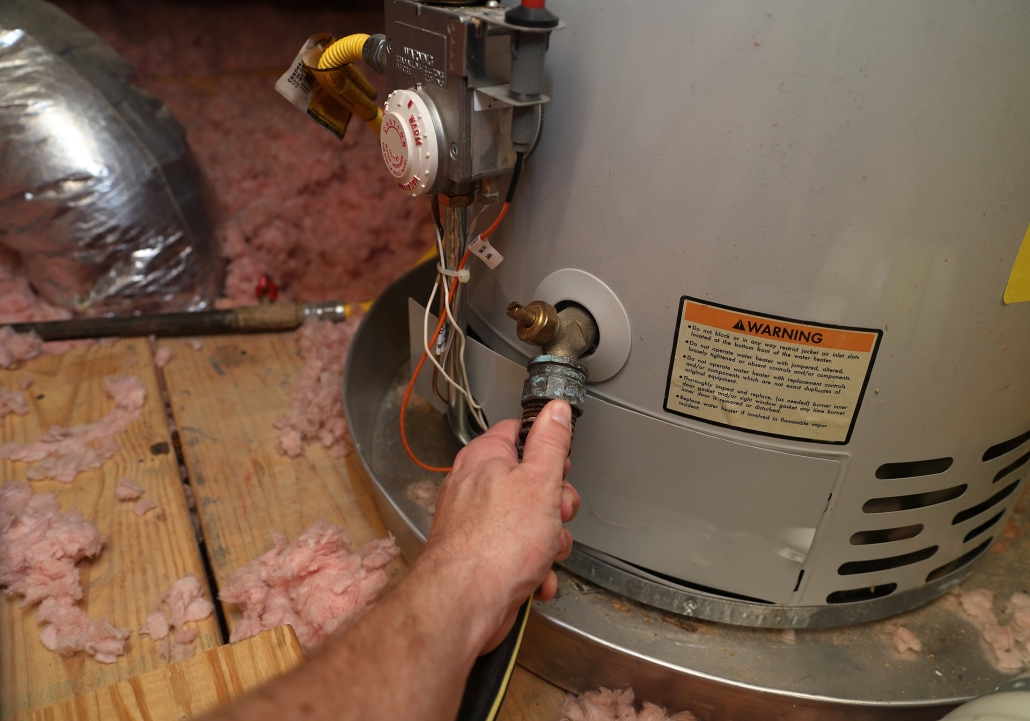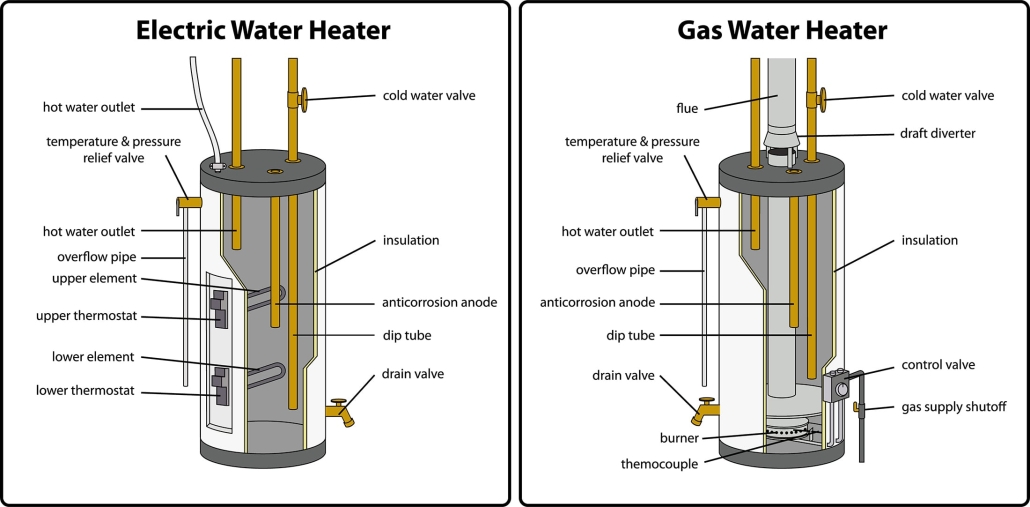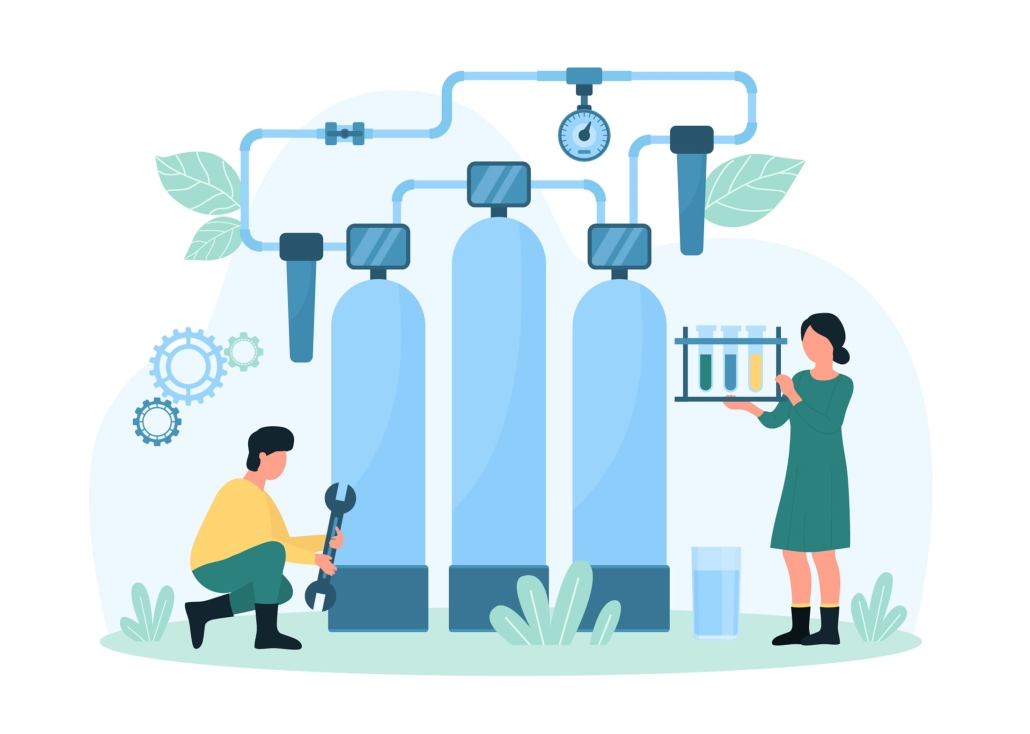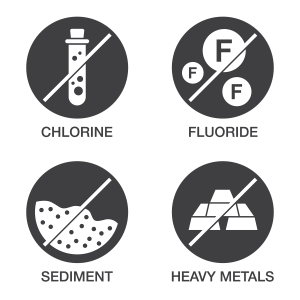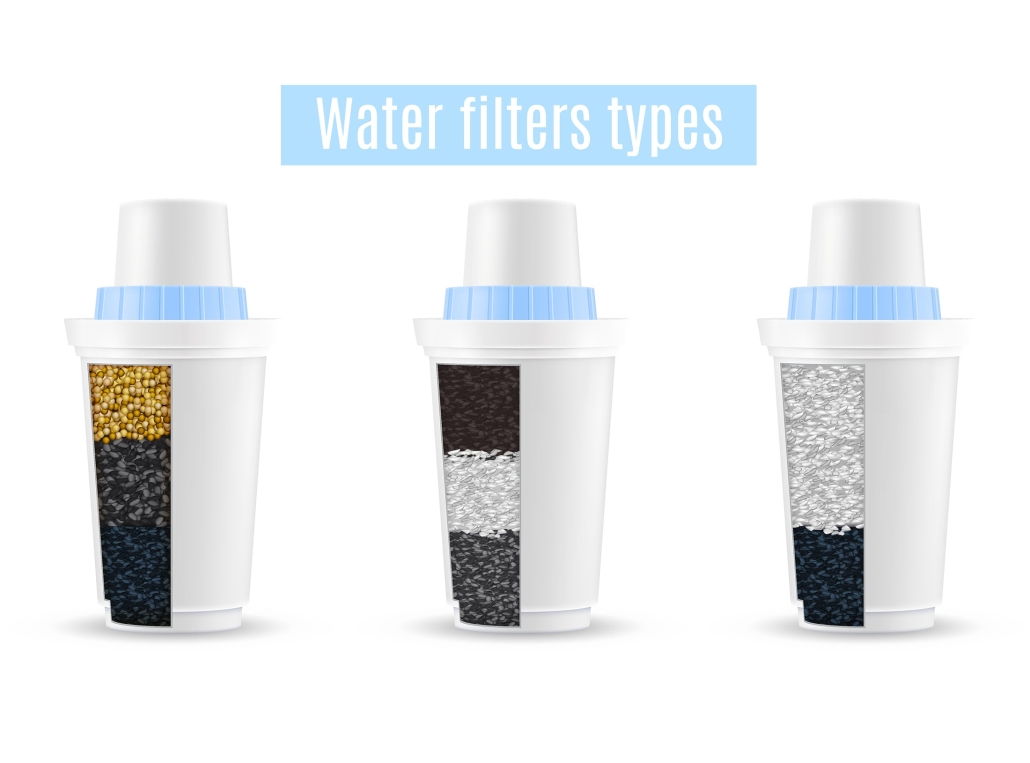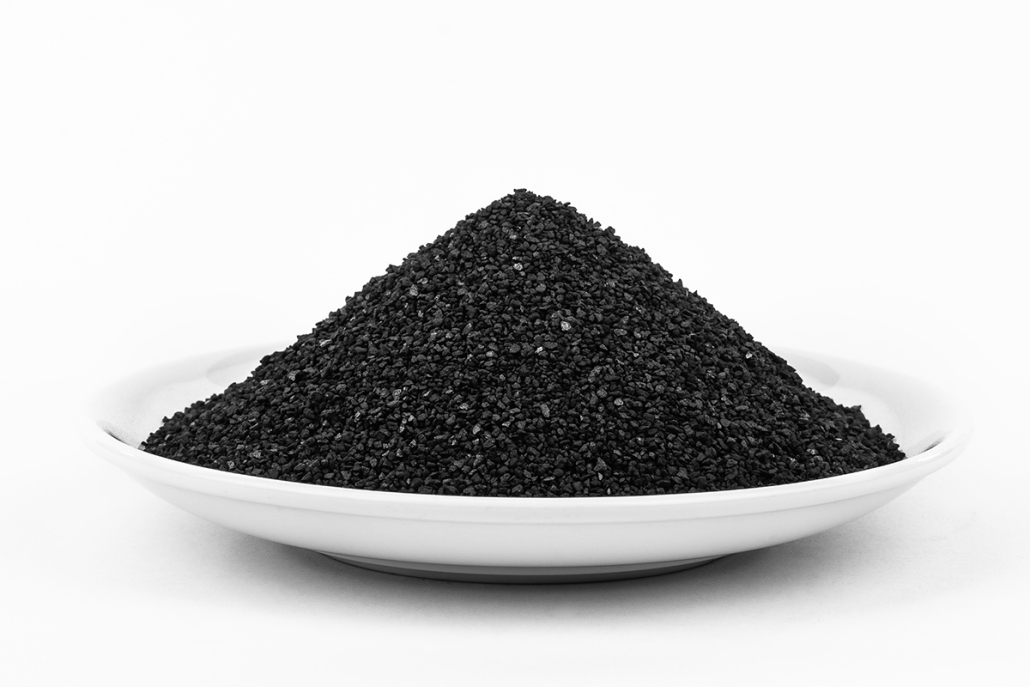How to Install a Dishwasher
How to install a Dishwasher — Installing a dishwasher may seem daunting, but even if you are not a professional plumber with years of experience, I can assure you that it is easier than it may seem. In fact, with the right tools and knowledge, you can easily install a dishwasher in your home without having to call for professional help.
Gather the Necessary Tools
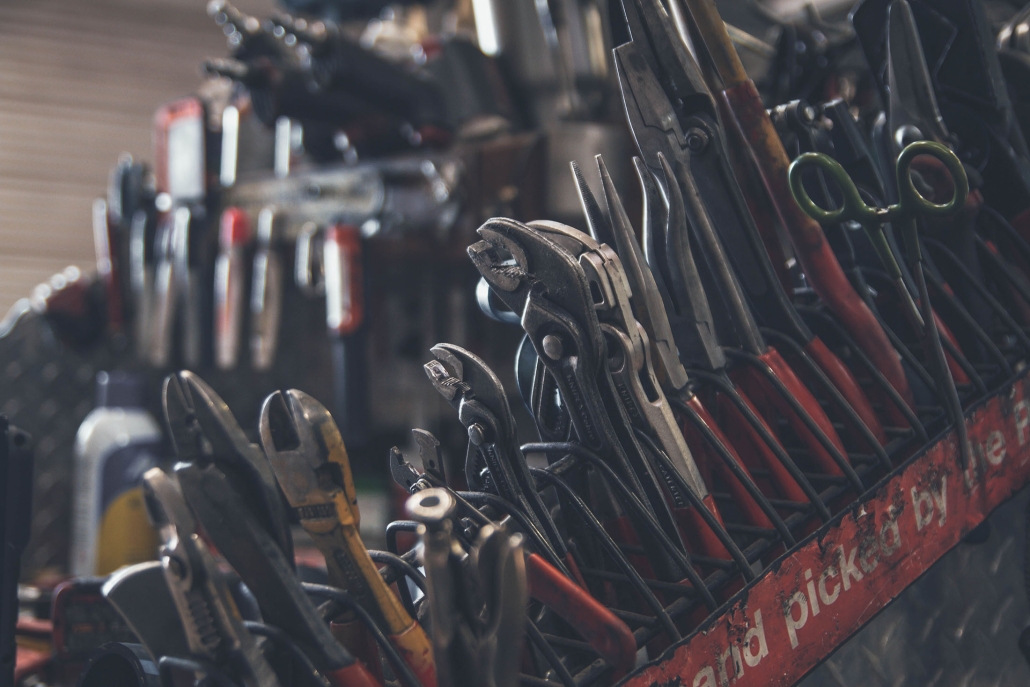
Before you begin the installation process, ensure you have all the necessary tools. These include a dishwasher installation kit, a screwdriver, pliers, and an adjustable wrench. It is also essential to purchase, or if you have on hand, safety gear items like gloves and goggles and clothing cover-ups to protect yourself from any potential hazards.
Turn Off the Water Supply
The first step in installing a dishwasher is to turn off the water supply, which may be done by closing the shut-off valve under your sink. If you cannot locate the shut-off valve, you may need to turn off the main water supply to your home.
Prepare the Area
Next, prepare the area where you will be installing the dishwasher. Ensure enough space for the dishwasher to fit comfortably and the floor is level. It is also essential to ensure no obstructions in the way, such as pipes or wires.
Connect the Water Supply
Once you have prepared the area, it’s time to connect the water supply. This is usually done through a flexible hose connected to the hot water valve under your sink. Make sure the hose is securely attached and that there are no leaks.
Install the Drain Line
Next, you will need to connect the drain line. This is usually done by attaching a flexible drain hose from the dishwasher to your kitchen sink’s drain pipe. You may need to secure the hose with clamps to prevent any leaks.
Secure the Dishwasher in Place
Now that you have connected the water supply and drain line, it’s time to secure the dishwasher. Use screws to attach the dishwasher to the surrounding cabinets to prevent it from tipping over during use.
Test the Dishwasher
Once everything is securely in place, turn on the water supply and test your dishwasher. Run a cycle to ensure no leaks, and the dishwasher is functioning correctly.
Final Checks
Before considering the installation process complete:
- Take the time to do some final checks.
- Make sure all connections are secure and that there are no leaks.
- Check that the dishwasher is level and that the door can open and close properly.
Additional Tips
Here are a few additional tips to make your installation process smoother:
- Always read the instruction manual carefully before beginning the installation.
- Make sure to use the correct size and type of screws for attaching the dishwasher.
- If drilling holes in cabinets, be extra careful not to hit wires or pipes.
- Before installing, turn off all power sources in the area to prevent any potential electrical accidents.
- If you need clarification on any step in the process, seek professional help.
Conclusion
Installing a dishwasher may seem intimidating, but proper preparation and caution can be easily accomplished. Always prioritize safety and follow the manufacturer’s instructions for best results. Remember, if you have any issues or questions, seek a professional for help.

